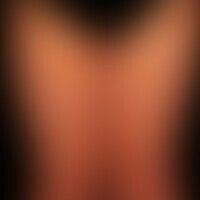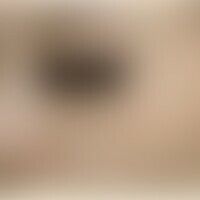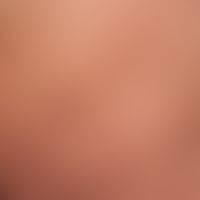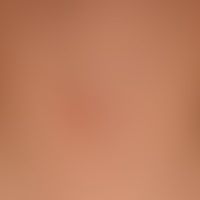Image diagnoses for "brown"
357 results with 1404 images
Results forbrown
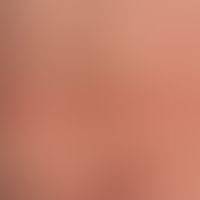
Galli-galli disease Q82.8
Galli-Galli, M. Disseminated, spotted, partly also confluent brown spots, papules and plaques.

Varicosis (overview) I83.9
Bilateral varicosis: trunk varicosis of the V. saphena magna; pronounced CVI of both lower legs.

Early syphilis A51.-
Syphilis early syphilis: maculo-papular syphilide, in places aligned with the tension lines of the skin (some tension lines of the skin)

Lichen planus actinicus L43.3
Lichen planus actinus: polygonally limited, hardly itchy Lichen planus; the violet shade of the Lichen (ruber) planus can be found in the marginal area of the plaque.
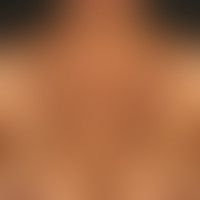
Amyloidosis macular cutaneous E85.4
Amyloidosis macular cutaneous: Apparently UV-intensified brown-black spot and plaque formation in the breast area. unexposed areas less affected.
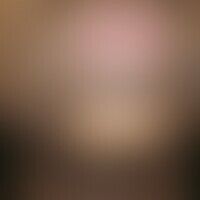
Hyperpigmentation postinflammatory L81.0
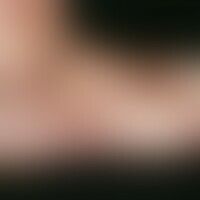
Purpura jaune d'ocre L81.9
Purpura jaune d'ocre. multiple, chronically stationary, partly small, partly flat, blurred, symptom-free, reddish-brown to brown-black, rough spots (partly scaly surface) localized on lower legs and back of the foot. known chronic venous insufficiency with recurrent swelling of lower legs and back of the foot.
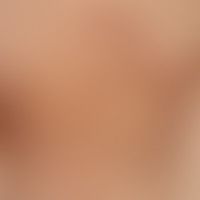
Circumscribed scleroderma L94.0
scleroderma circumscripts (plaque type). large, map-like bizarrely limited, brown, smooth plaques. no recognizable inflammatory symptoms. there is no feeling of tension. no pain. comment: apparently largely aphlegmatic (healed) scleroderma.

Hutchinson sign i C43.6
Pseudo-Hutchinson, sign (hematoma). hemosiderotic pigmentation of the nail fold. age-related nail (longitudinal stripes) with fine spiltter hemorrhages.

Lichen myxoedematosus discrete type L98.5
Lichen myxoedematosus. densely standing, skin-colored, clearly increased in consistency, only slightly itchy, shiny, 0.1-0.2 cm large, mostly polygonal papules (forearm).
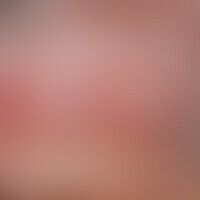
Sarcoidosis of the skin D86.3
Sarcoidosis: anular or circinear sarcoidosis, detailed view. distinct nodular structure with brown-red color. central scarred healing.

Acanthosis nigricans (overview) L83
Acanthosis nigricans: grey-brown, papillomatous-hyperkeratotic, extensive, blurred, symptomless plaques in an otherwise healthy 40-year-old woman.
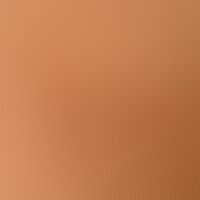
Lichen myxoedematosus discrete type L98.5
Lichen myxoedematosus: Densely grouped, skin-coloured, also light-glassy, clearly increased in consistency, hardly itchy, shiny, 0.1-0.2 cm large, non follicular nodules (compare hair follicles and their topographical relationship to the nodules; see also further illustrations). Clear linear arrangement of the nodules.

Neurofibromatosis (overview) Q85.0
type I neurofibromatosis, peripheral type or classic cutaneous form. numerous smaller and larger soft papules and nodules. several so-called café-au-lait spots.

Purpura pigmentosa progressive L81.7
Purpura pigmentosa progressiva: aetiologically unexplained (medication?) pronounced clinical picture that has been changing for several months with symmetrically distributed, disseminated, non-itching, yellow-brown, spots (detailed picture).
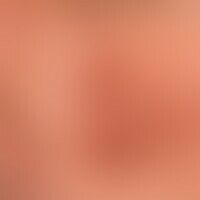
Facial granuloma L92.2
Granuloma faciale: Red-brown, blurred and irregularly configured, symptomless plaque in a 52-year-old man. Clearly pronounced follicle accentuation. No known secondary diseases, no medication anmnesia. The finding has existed for several months and is slowly progressive. Detailed picture of multiple plaques in the face.
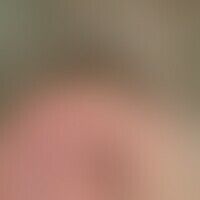
Keratosis seborrhoeic (overview) L82
Verruca seborrhoica. chronically stationary, solitary, brown to brown-black, exophytic node with wart-like surface, which has not been growing for years. in places a brown horn material can be easily detached from the surface.
